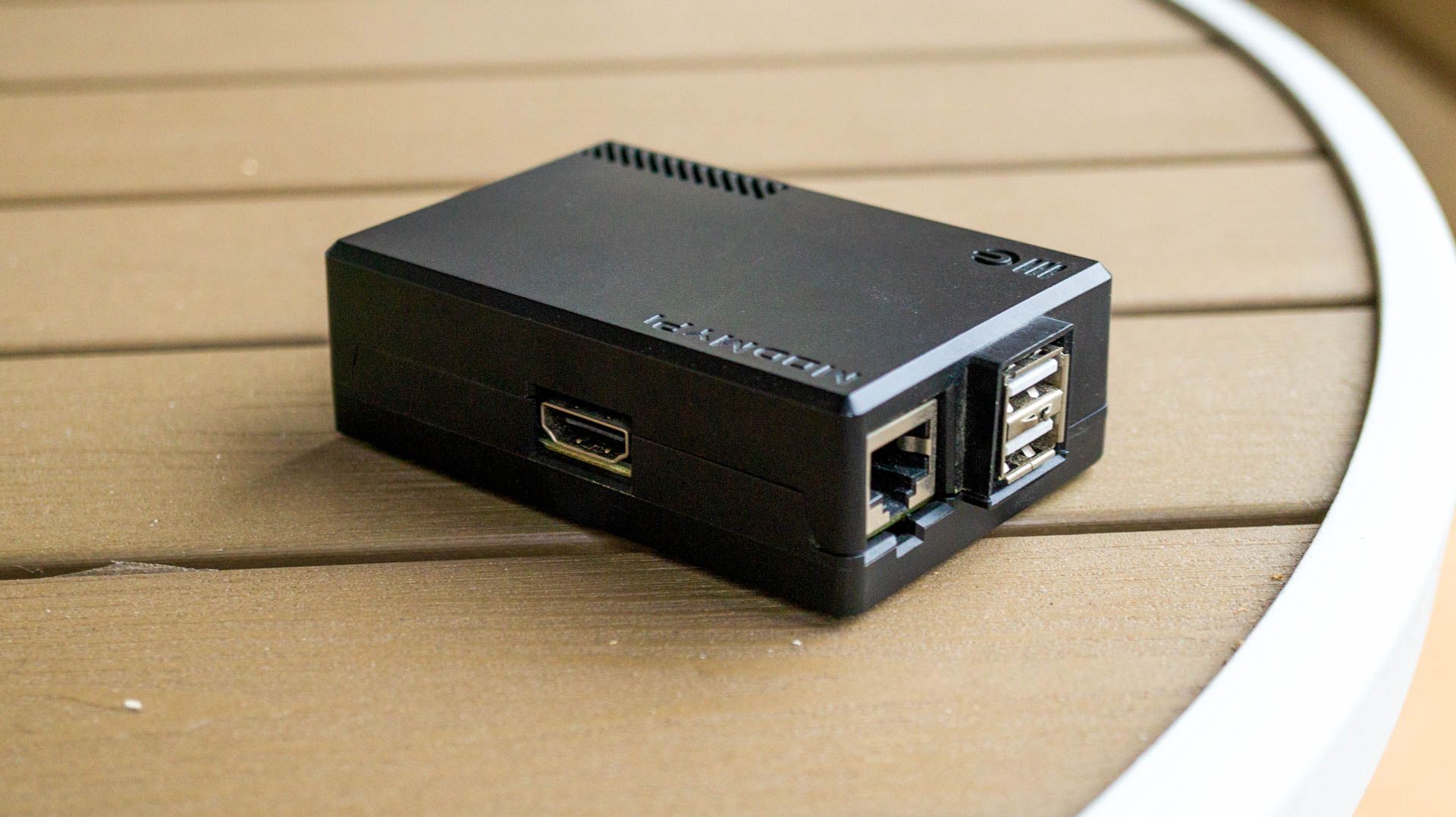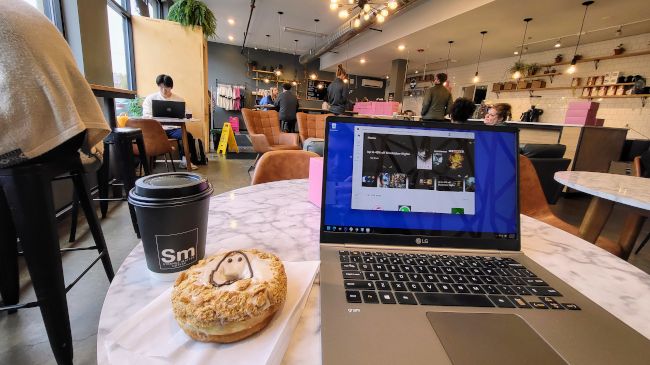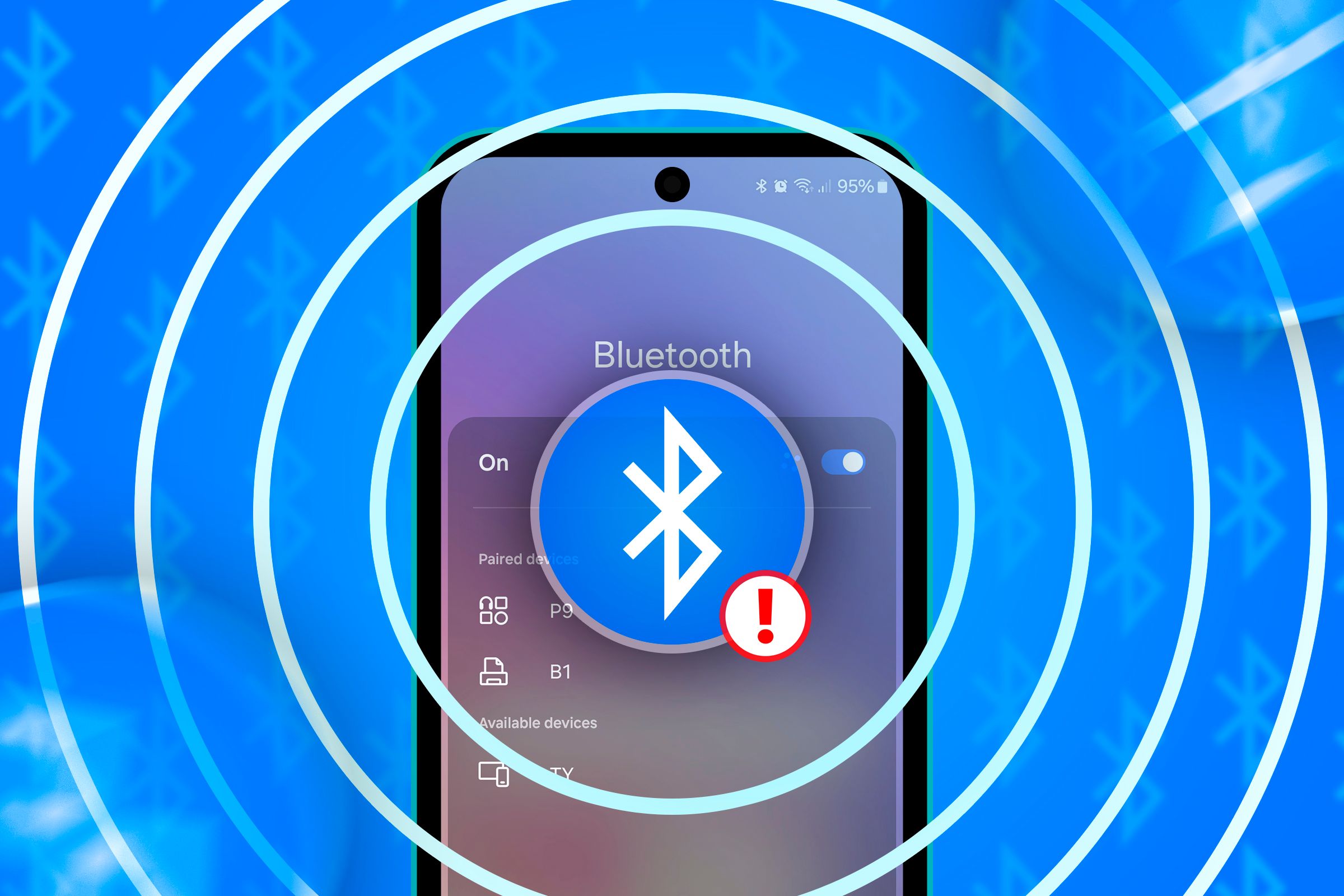Summary
- Wi-Fi Pineapples trick you into connecting to fake networks, in an attempt to compromise your security and data.
- Protect yourself by avoiding public Wi-Fi, using VPNs, and watching for suspicious activity.
- Businesses should invest in secure Wi-Fi hardware, monitor their networks for unknown devices, and pay attention to what their IT department says.
“Wi-Fi Pineapple” is a silly name for a real threat to your cybersecurity. These devices trick you into connecting to fake Wi-Fi networks to intercept data and compromise your privacy. Here’s how to protect against Pineapples and Wi-Fi attacks.
What Is a Wi-Fi Pineapple?
A Wi-Fi Pineapple is a device ostensibly sold for Wi-Fi security auditing, that can also be used to perform real attacks on your devices.
It’s not literally a pineapple (though I’m sure some enterprising hacker out there has at least attempted to house a Raspberry Pi in an actual pineapple fruit), but named because early devices resembled pineapples, with antennas sticking out at all angles much like pineapple leaves.
“Wi-Fi Pineapple” referred to a specific commercial device that automates man-in-the-middle attacks, but these attacks can also be performed with readily available off-the-shelf hardware, including laptops and single board computers.
How Do Wi-Fi Attacks Work?
There are two main types of attacks that use Wi-Fi networks: “evil twin” attacks impersonate known Wi-Fi networks, and trick your device into connecting to them, intercepting data and potentially giving remote access to your device. “Rogue AP (access point)” attacks advertise open networks in the hope that naive or internet-desperate users will connect, with the same outcomes.
Malicious Wi-Fi hotspots are set up in coffee shops, airports, and hotels in an attempt to get you to connect without any technical trickery. Often, simply naming the network something legitimate-sounding (like the name of the hotel) is enough to fool people into thinking it’s the real deal.
For individuals, the primary threat of joining a malicious Wi-Fi network is the interception and recording of the data that is transmitted: emails, social network logins, and other sensitive information (including what websites you visit) can be recorded, and even if encrypted, there’s still the possibility that they can be exploited. Devices with improperly configured firewalls may also be remotely accessed via a compromised network, putting all the data on your device at risk.
For businesses, there is an additional threat: Wi-Fi Pineapples and other malicious devices can be inserted into networks (either using an unguarded Ethernet socket, or by capturing legitimate Wi-Fi credentials and cracking them), granting the attacker unfettered access to internal company infrastructure.
How To Protect Yourself From Pineapples
The best way to protect yourself from a pineapple is to stay out of its way. Avoid public Wi-Fi if you can by tethering to your mobile phone to get online. If you do have to use public Wi-Fi, use a reputable VPN and set it up so that all internet traffic must go through it (known as a “kill switch” in some VPN interfaces). Travel routers are also great for this, allowing you to tether multiple devices or put multiple devices behind a VPN.

Proton VPN
Proton VPN is a fast and secure service, that comes with a strong reputation for privacy.
While an actual Wi-Fi Pineapple device may be difficult to detect, there are additional measures you can take to protect yourself from fake hotspots and man-in-the-middle attacks in general. Before you connect to a network, check for duplicates or suspicious network names, and avoid scanning QR codes to connect unless they’re in a position they’re unlikely to have been tampered with. You can also disable auto-connect for public networks you’ve joined previously so that you don’t mistakenly reconnect to an impostor.
At home, make sure you change the default Wi-Fi network and administrator passwords and set up a guest network for visitors to use. A separate IoT network for your “smart” devices can also prevent them becoming a vector for network intruders. If you notice similar network names appearing in your neighborhood, consider changing the name of your own network so you don’t accidentally connect to someone else’s.
Generally, you should always heed SSL certificate warnings and unexpected redirects that may indicate your connection has been compromised. Never log into a website or app if you see one of these warnings. If you’re on public Wi-Fi, disconnect, and if you’re at home, start taking steps to diagnose and fix the issue(or call your local tech support). If a website login screen looks different to what you’re used to, you should also be suspicious that your traffic may be being re-routed to a fake site intended to steal your details.
How Businesses Can Prevent Pineapple Attacks
If you run a business that provides Wi-Fi to staff or the public, it’s your responsibility to keep it secure. Give your IT team the time and resources they need to deploy, secure, and maintain infrastructure properly, or risk it falling out of date and being vulnerable to new attacks.
Your network should be regularly scanned for unauthorized devices and rogue Wi-Fi networks that may have been set up to trap employees or customers. If something suspicious is found, hunt down the rogue device (it might be hiding in a dusty corner under a couch in a café, for example) and remove it. Use enterprise-grade Wi-Fi hardware like Unifi that provides client isolation, management tools, and additional security features to make sure your network is under your control.
Tips for Staying Safe in a Dangerous Digital World
Antivirus and personal firewalls also play a key part in staying safe when connecting to public networks. If your device is compromised, they can help detect and block malicious software and activity so that you can secure your accounts and get your device fixed.
There’s also a laundry list of security tips and best practices you should follow to help prevent yourself becoming a victim of cybercrime. Following security advice can be inconvenient (especially when you really need to get online and you’re out of phone reception), but it’s worth it in the long run.







